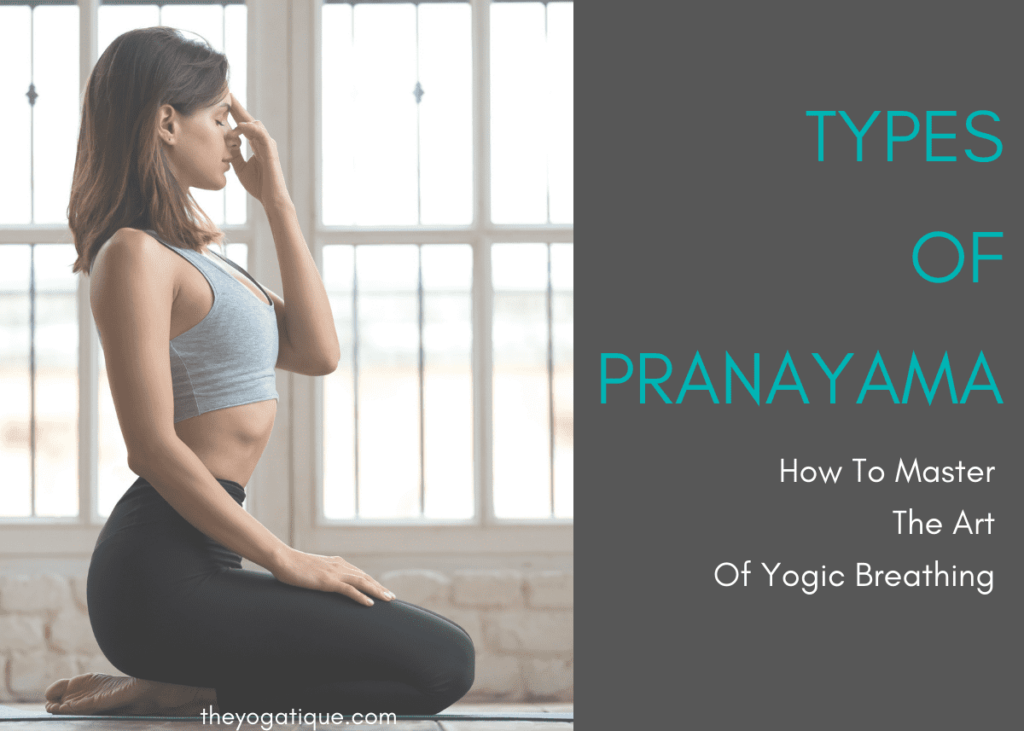
Do you struggle to stay focused and present? Do you find yourself getting tired quickly? Or do you simply seek learning about a more meditative practices? If so, it’s time to learn about the types of pranayama and meet the fourth limb of yoga.
Pranayama is a vital tool for controlling the fluctuations of the mind, finding presence on the mat, and inner peace in the soul and there is more than one type of pranayama. In fact, there are many.
Pranayama connects us to the most vital energy within us, our breath. Practicing pranayama also teaches us how controlling this life force can regulate our energy, improve our mental well-being and deepen our spiritual connection.
But what exactly is pranayama, and why should you practice breathing techniques? Read on to discover everything you need to know about the different types of pranayama you can try today!
The origin and meaning of pranayama
The Sanskrit term pranayama is a combination of two words; ‘Prana’ and ‘Ayama.’ ‘Prana’ means life force, as our breath keeps us alive. ‘Ayama’ translates to extending or stretching but can also mean controlling. Thus, “Pranayama” means lengthening or controlling the life force.
In simple terms, pranayama means actively breathing as you control or extend the inhale and exhale. However, how you do that depends on the specific technique, which we will explore in more detail below.
Pranayama does not necessarily mean slow, deep breathing that is a misconception. Sometimes, it can mean breathing forcefully and rapidly to produce specific effects.
Pranayama is an integral part of yoga practice, and in yogic philosophy, it is one of the eight limbs of yoga.
Types of pranayama and benefits
According to Swami Kuvalayananda, classical Hatha yoga has eight types of pranayama breathing techniques. However, in other lineages and modern-day yoga styles, various breathing techniques are related to yoga. For example, some sources believe there are around 15 types of pranayama in total.
The health benefits of pranayama will depend on the specific technique you do.
Some pranayamas are “cooling,” which have a calming effect on the parasympathetic nervous system and promote relaxation. Cooling pranayamas are good for destressing, reducing anxiety, clearing the mind, and preparing for sleep.
Other pranayamas are “heating” and have a stimulating and energizing effect on the body and mind. Heating pranayamas are good for boosting energy and enhancing focus.
Who should practice pranayama
Beginners can and should incorporate pranayama breathing techniques into their yoga classes. You can do them at the beginning of your asana session, during it, immediately after, or as a separate practice.
You do not need to have mastered the postures to learn the breathing techniques of yoga.
